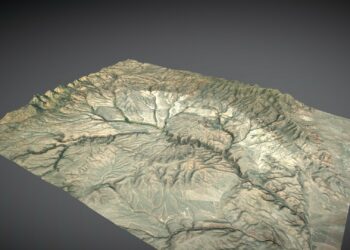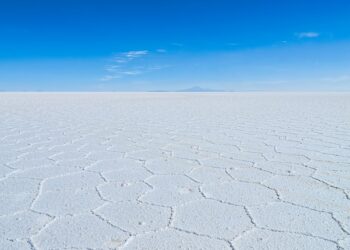
Materials found in nature often speak of at least one comprise. Metals for instance are highly conductive, but not transparent. Plastics on the other hand can be made to be transparent, but they’re very poor electrical conductors. This annoying tradeoff has aggravated scientists for some time in their efforts to design better solar cells or touchscreen displays, which need the best of both worlds. A team of researchers at the University of Maryland Energy Research Center and Monash University in Australia may have come across a solution after they report the development of a nearly transparent, highly conductive ultrathin graphite sheet.
Most solar cells, high end touchscreen and flexible displays – the kind that electron flexibility and transparency at the same time – employ materials such as indium tin oxide or carbon nanotubes. These haven’t turned out to be very satisfying, however. According to Jiayu Wan, a Department of Materials Science and Engineering (MSE) graduate student, ideally the industry would like a material with 90 percent transmittance and only 10 Ohms-per-square of sheet resistance. Until now, no such material has been found. With this in mind, the team may have struck gold!
It all starts with graphite, the kind you can find in any pencil lead and one of the most abundant naturally occurring form of carbon. The graphite is made ultrathin between 3 to 60 graphene layers thick, then lithium is introduced such that it becomes intercalated (embedded) between the graphene layers. Graphene is an one-atom thick sheet of carbon known for its inherent strength, transparency, and conductivity. Subsequent tests reveal the lithium molecules greately increase conductivity and visible-range transmittance.
“Lithium provides electrons to the ultrathin graphite, enhancing its conductivity,” Wan explains. “Surprisingly, unlike most other materials, the extra electrons make the graphite more transparent, due to a quantum-mechanical effect. We were able to demonstrate an ultrathin graphite sheet with 91.7 percent transmission of visible light and a sheet resistance of just 3 Ohms-per-square, the highest combined performance of sheet resistance and transmittance among all continuous thin films.”
The observed improvement is at least up to two orders of magnitude greater in both transparency and conductivity, something strikingly different than anything observed in other materials. The unconventional modification of ultrathin graphite optoelectronic properties is explained by the suppression of interband optical transitions and a small intraband Drude conductivity near the interband edge.
This isn’t the first time intercalation has been used to improve graphite transparency, but this is the first time an increase in both transmittance and conductivity has been observed. The team also believes the measurement techniques developed over the course of the work will enhance the study of the optoelectronic properties of other nanomaterials composed of two-dimensional layers.
The paper was published in the journal Nature Communications.






